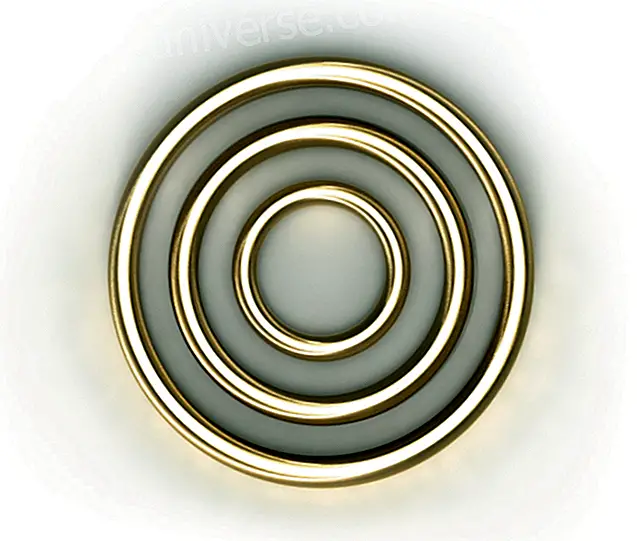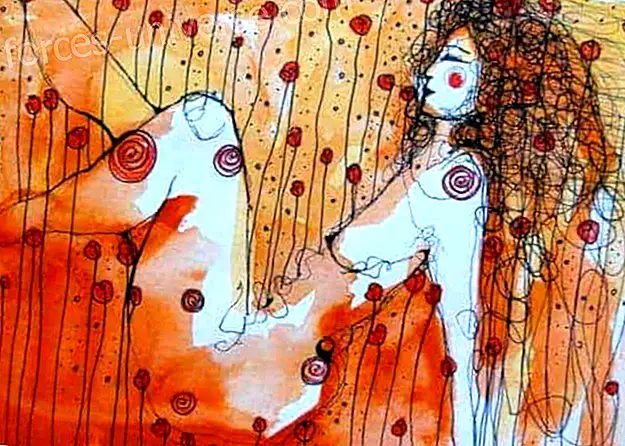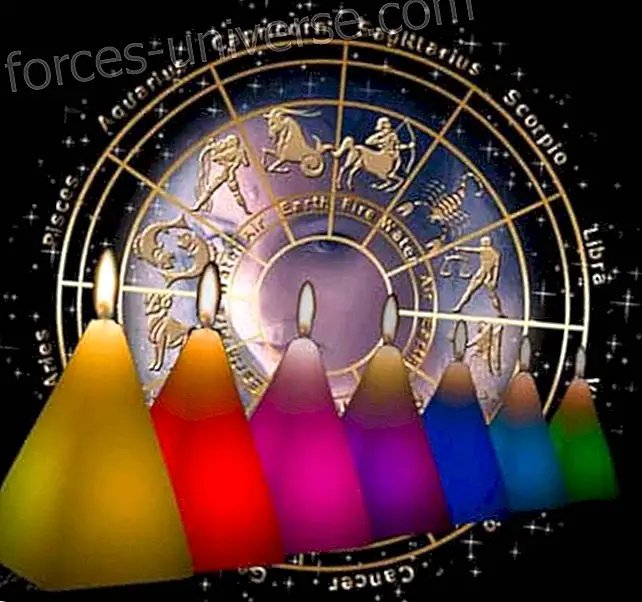The primary wound of the inner child - by Roberto Pérez - Part 2- Comments by Gisela S.
- 2018
To begin, I intend to share the following: we can think that by following a generalized idea of different cultural positions, we can think that the soul that later becomes inside a body, if we think it has life, not starting at the moment of conception, we can to think that this soul is, before being incarnated, in a state of light . That previous state of light is like saying, in symbolic form, that this soul is in heaven in a celestial state . The expression that I have just said many times is seriously combined with the study of people who cross the threshold of death and return ... But there are studies, very serious, about the passage through the threshold of death and return and when one lives that, all those who speak that have had that state, speak of a state of protection, of feeling absolutely protected, feeling a very strong love energy and feeling in the presence of a light and loving energy. So we could think with this common description What is drawn from people who have lived this? What is the previous state of the soul? A comprehensive presence of love and infinite protection . We could call that celestial experience before birth a celestial state .
The question is what happens next? If the soul is in that celestial state, when it enters reality, in a time-space and in a certain body, it carries its consciousness and begins to feel, perceive and express itself . These three are combined, with something I want to give you, that we don't know.

Inner Child: Intrauterine Sounds and Typical Musical Instruments
There are musical instruments that at all wedding parties, birthdays, etc. They are always present. This is what I tell you because the taste for these instruments comes, really because those sounds are already stored in us in a very deep part, which is the intrauterine state and there we perceive those sounds. Shamans use that knowledge of healing through these sounds to bring people to these stages of peace and prenatal serenity in the womb.

Description of Musical Instruments
The drum, which is the most popular. The sound of the drum reminds the sound of the mother's heartbeat, and that is why the drum in all cultures is to create states of deep joy, sometimes spiritual and sometimes festive. The sound of the drum is the sound of the mother's heartbeat that is felt in the aqueous liquid, and that is why that sound is naturally pleasing to us. Cultures express many things with that sound.
The second is less known, why do children like rattle or maraca? And why do we use this sound at parties? Because the sound of the rattle reminds the sound of the mother when she is doing the digestion and her guts grow up all the time. The sound of the mother's intestine in that watery liquid sounds like a rattle. Children when they are born and hear that sound feel in that place.
The third sound that boys love is the whistle . The whistle is a sound that we keep with much appreciation because it has to do with the mother's sneeze in the ambitic liquid. There it sounds like a whistle and is installed in us, that's why kids naturally love the whistle because they associate it with another aspect we had.
The one I love is the room that has a lot of value. It has to do with some of the bowls, and the fourth is the bell . In all cultures of humanity it is a sound by which we all feel natural appreciation. Why? Because when we are in that intrauterine state in that amniotic fluid, this sound is the same sound that the mother has when she speaks . When the mother speaks, she feels inside like a bell, and what I tell her is so strong, why do some institutions use bell towers? The church, understanding this, uses the bells because the mother is the voice of the church that is calling her children. It's like the sound of someone calling us, it's the sound of the mother when the child is there. These are all instruments to reach those interior states used by shamans.
Knowing this then, the first key is to attend that what helped me to deeply discern that intrauterine moment, is to understand that in the study of the enneagram, in the study of that knowledge of 9 basic essences of our person being, it is divided into three groups and this division has to do with something naturally basic in human psychology.

Typologies, essences, or people
There are people or typologies or essences that tend to approach others and I call those people, people who tend to be for others, to be in an attitude to go to others.
There are three other typologies in the enneagram that represent three types of basic attitudes that are those that tend to withdraw, to go looking for their loneliness, their things, are those that tend to be rather isolated . Although they are in communion with others, their pleasure is to be more withdrawn from themselves, some tend to close others to move away, and others by this nature, also their essence, tend to impose themselves on others, they are the callers, those who they ask, those who get angry, those who face.
So that basic psychology divides into three basic attitudes: people who approach, individuals who tend to isolate themselves and people who are to face, to direct, to move others, etc. that is, there are three types of people . For the enneagram, these three types of people are grouped into typologies, which those who know the enneagram, numbers 4, 5, 9 these three typologies in the enneagram represent people who tend to take distance, to withdraw . These people will live this stage in a certain way. Then there are those who by nature tend to go to others, serve, serve others, their typologies are numbers 2, 6 and 7. And finally there are these energies that are to be imposed, to face, whose typologies are 1, 3 and 8. Based on these things, in the way they relate to each other, these separations gave me the key to reading to understand everything that follows, but again another clarification.

What happens at birth?
It seems obvious what I say, every time we live the birth, we feel that we die . Every baby that is born feels that it is dying, it is not living "I am going to life", it is living "I am dying, they are killing me". That experience is so strong that at birth, what I feel is that I die, and in anthropology we say that the sense of finitude of death consciousness is acquired at birth. To think that we are finite beings, that is said in anthropology, that is, beings that we cannot live, we have it printed in our human nature at birth . It is so so, that those who have already heard me in fears in the stages of life, that in the first seven years of life this feeling is preserved that when separating from the mother, which is the other with which one is linked, there when they separate me from her, I feel that I die . That is why children, for seven years, wear that mnemic trace that when the figure leaves, they do not cry because they miss us, but because they feel they can die . Because there are seven printed years left, the feeling that when they take us away from that primary affective bond, I can die. First septenio fear of abandonment, fear of them leaving and dying . First constitutive fear.
At birth, do we live the traumatic experience of death? yes. What was my second investigation step? My question was whether there were three ways of living in front of that other mother, because that attitude moved me away, approached or faced me, my question was whether when crossing the threshold of birth as death, that produces something special in those triads: yes! I realized that what was happening here was the seed of future behavior in the rest of our lives . I realized that something transcendent happens, and what happens transcendental is printed at that time as a wound in some internal place of ours that we call inner psychology. In deep psychology, inner child has to do with a very deep area of consciousness where the strongest things we live are imprinted, in our affective part. Do you mean, then, that at the time of birth an experience is printed in us that will remain marking us the rest of life? Yes! And what do we do with that? Well let's go there.
CONTINUED IN: The primary wound of the inner child - by Roberto Pérez - Part 3- Comments by Gisela S.
PART 1: the-primary-wound-of-the-inner-child-by-roberto-perez-part-1-comments-by-gisela-s /
PART 2: the-primary-wound-of-the-inner-child-by-roberto-perez-part-2-comments-by-gisela-s /
PART 3: the-primary-wound-of-the-inner-child-by-roberto-perez-part-3-comments-by-gisela-s /
PART 4: the primary-wound-of-the-child-interior-by-roberto-perez-part-4-comments-by-gisela-s /
REDACTORA: Gisela S., editor of the great family of the White Brotherhood.
SOURCE: https://www.youtube.com/watch?v=ZCawb7aHOkY&t=691s






